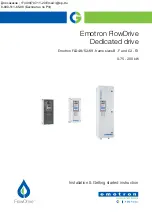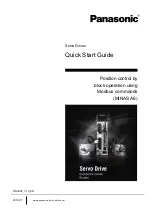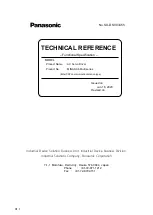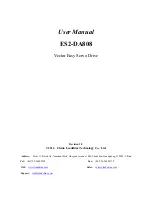
2
CG Drives & Automation, 01-6142-01r0
Voltage tests (Megger)
Do not carry out voltage tests (Megger) on the motor, before
all the motor cables have been disconnected from the AC
drive.
Condensation
If the AC drive is moved from a cold (storage) room to a
room where it will be installed, condensation can occur.
This can result in sensitive components becoming damp. Do
not connect the mains voltage until all visible dampness has
evaporated.
Incorrect connection
The AC drive is not protected against incorrect connection
of the mains voltage, and in particular against connection of
the mains voltage to the motor outlets U, V and W. The AC
drive can be damaged in this way.
Power factor capacitors for improving
cos
ϕ
Remove all capacitors from the motor and the motor outlet.
Precautions during Autoreset
When the automatic reset is active, the motor will restart
automatically provided that the cause of the trip has been
removed. If necessary take the appropriate precautions.
Transport
To avoid damage, keep the AC drive in its original
packaging during transport. This packaging is specially
designed to absorb shocks during transport.
IT Mains supply
The AC drives can be modified for an IT mains supply,
(non-earthed neutral), please contact your supplier for
details.
Alarms
Never disregard an alarm. Always check and remedy the
cause of an alarm.
Heat warning
DC-link residual voltage
HOT SURFACE!
Be aware of specific parts on the AC drive
having high temperature.
WARNING!
After switching off the mains supply,
dangerous voltage can still be present in the
AC drive. When opening the AC drive for
installing and/or commissioning activities
wait at least 7 minutes. In case of malfunction a
qualified technician should check the DC-link or wait for
one hour before dismantling the AC drive for repair.




































